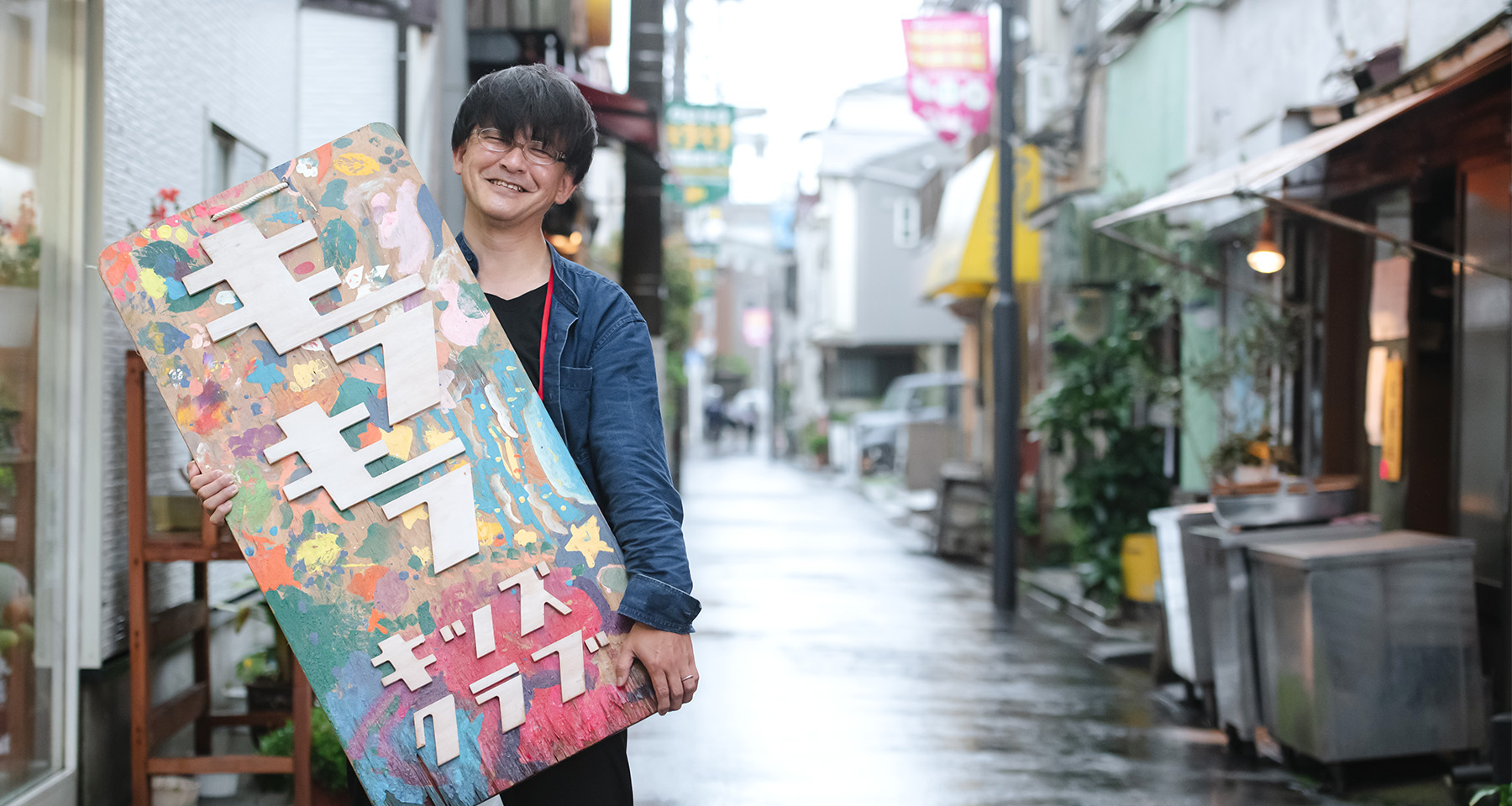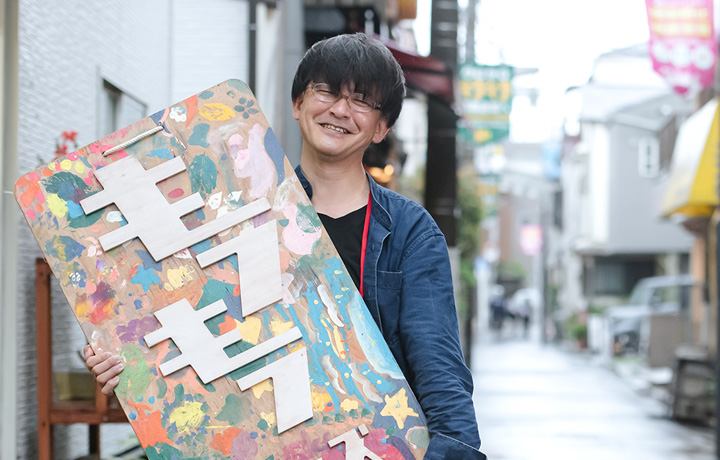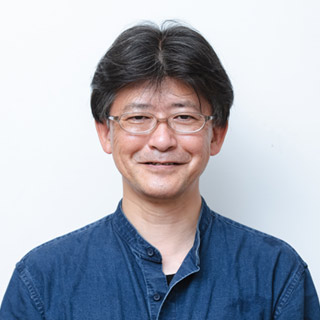An ‘Asobi Daigaku (Play University)’ initiative started at Chiba University’s Sumida Satellite Campus. This project offers an attractive play space exclusively for children, allowing them to unleash their creativity freely using materials generously provided by nearby factories. Professor Hiromichi Hara at the Design Research Institute, a pivotal figure in launching this endeavor, places the utmost importance on nurturing children’s autonomy in play. We asked him about his philosophy and keen observational perspective, which have resulted in realizing a place where children can exercise their creativity and engage in sustained play through innovative play equipment design.
Challenges surrounding children and their play in modern society
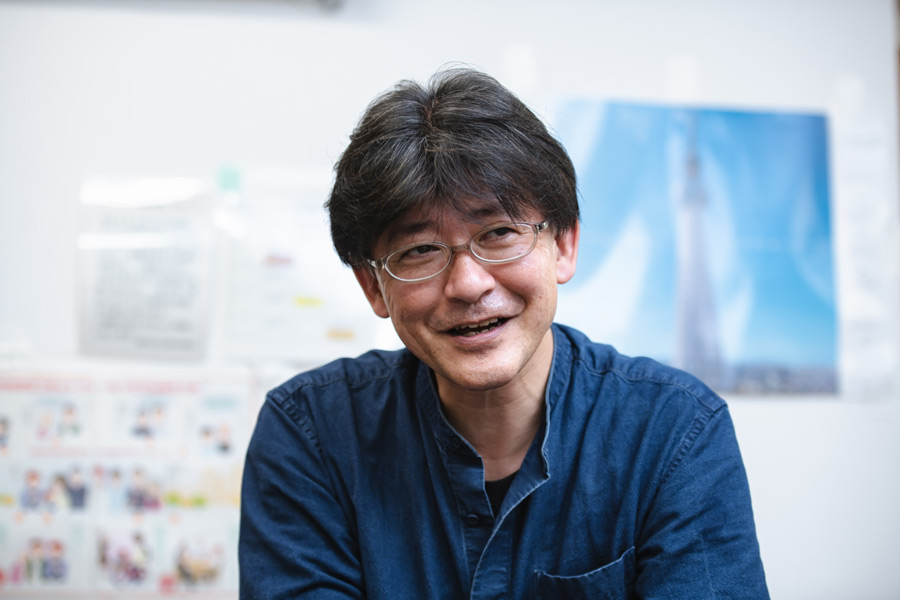
I’ve been hearing a lot of news about parks lately. Please tell us about the current situation regarding parks
In a word, it’s obsolescence. According to a 2022 survey by the Ministry of Land, Infrastructure, Transportation and Tourism (MLIT), about half of the installed playground equipment is over 20 years old, and many of them require safety enhancements, removal, or replacement. There have also been accidents involving outdated playground equipment. However, local governments are postponing necessary actions due to a lack of human resources and budget constraints.
-Isn’t there any legal development by the government?
The safety of parks has been a topic of discussion for over 20 years, with the MLIT creating the ‘Guidelines for Ensuring Playground Equipment Safety in Urban Parks’ in 2002. Unfortunately, the policy emphasis on safety has resulted in the installation of play equipment that lacks appeal to children and the exclusion of play between different age groups.
Additionally, there have been changes over time. Places, where children can play and have fun, are gradually disappearing due to issues such as considering children’s voices as ‘noise,’ park closure due to a lack of managers, and a reduction in available land due to urban development.
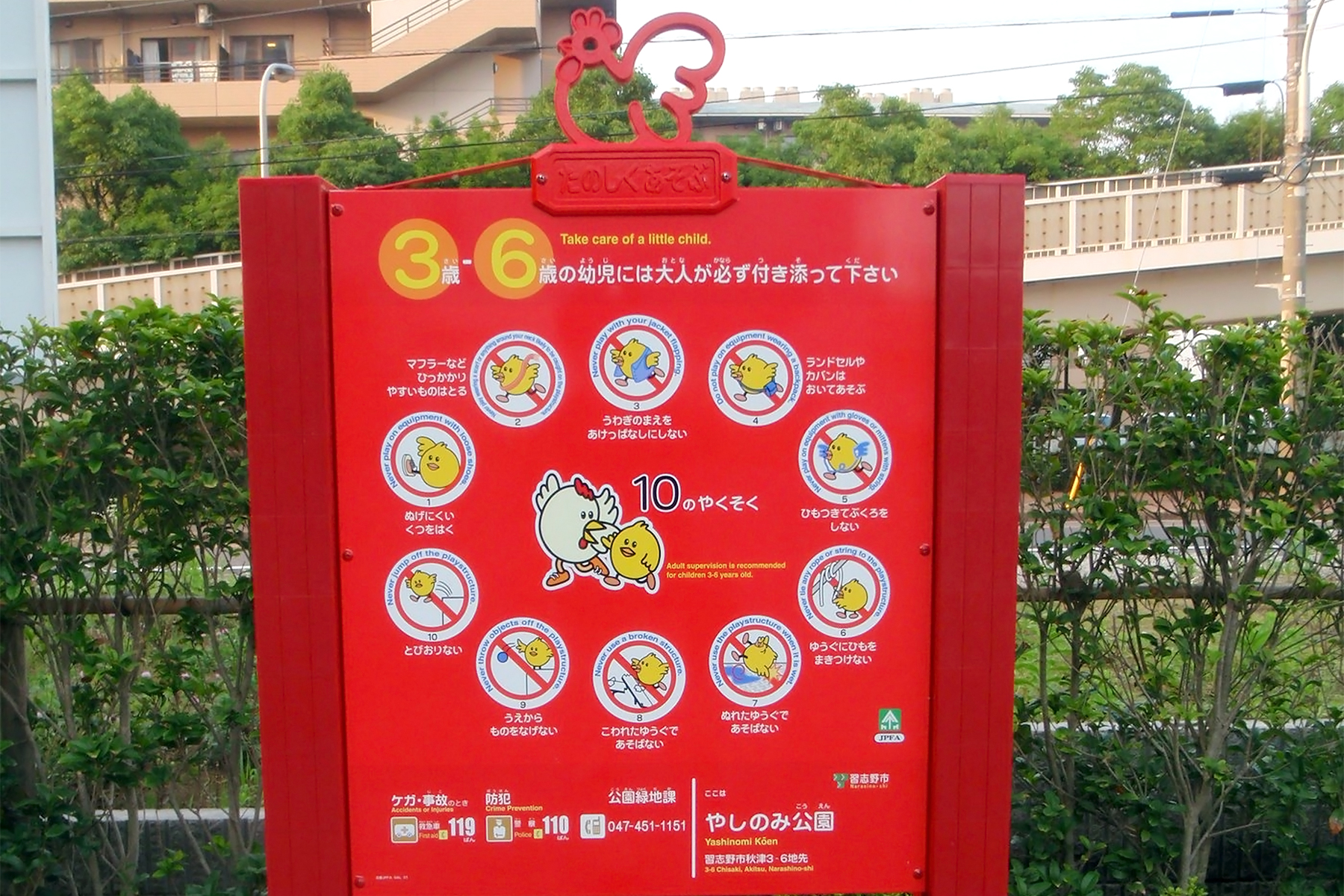
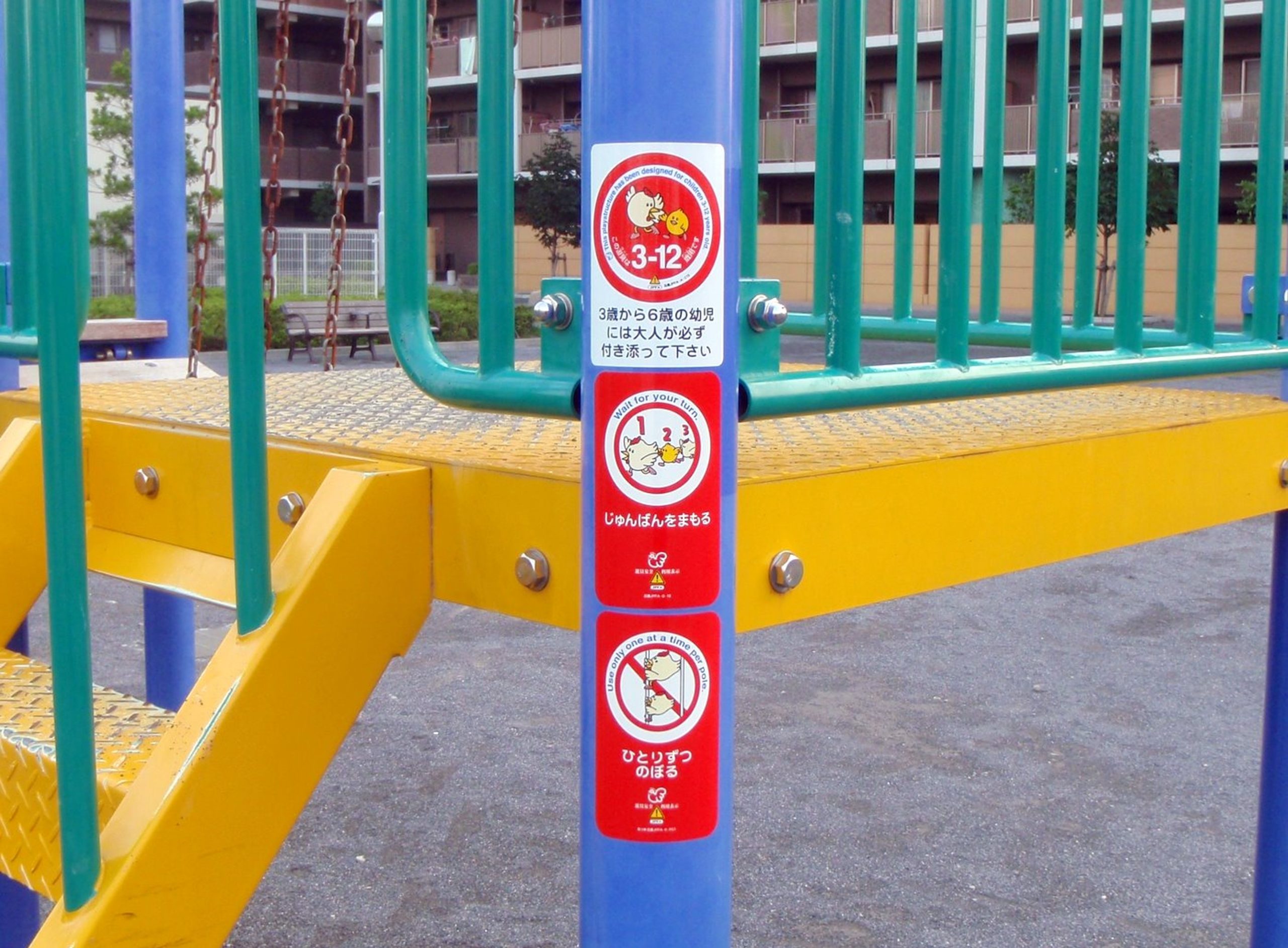
―Attractive parks are decreasing due to a combination of multiple reasons.
“Let’s play safely within the limits of prohibition”―this approach doesn’t foster free thinking. It is a very passive stance. The primary actors in the play are the children themselves, not their parents or the local government responsible for park management.
I have been observing children at play and noticed that children are at their liveliest when they are deeply immersed in play, driven by a profound desire to play. That’s why I started researching playground equipment designs that inspire creativity and encourage immersive play.
―You are closely observing children. What inspired you to start designing play equipment?
It wasn’t my engineering department back in university (laughs), but rather, it was the puppetry club I joined because I was drawn to its serene atmosphere. Puppet theater is much more ‘live’ than I had imagined, and the fact that it is created on the spot with the audience bears similarities to music and performing arts. Furthermore, children’s sensibilities are genuine, and you can feel their heightened concentration when you perform with all your heart. Playground equipment is closely connected to children’s play in public places, and I wondered if I could propose an ideal interaction between people and objects through the design of play equipment.
Playground equipment designed at play parks
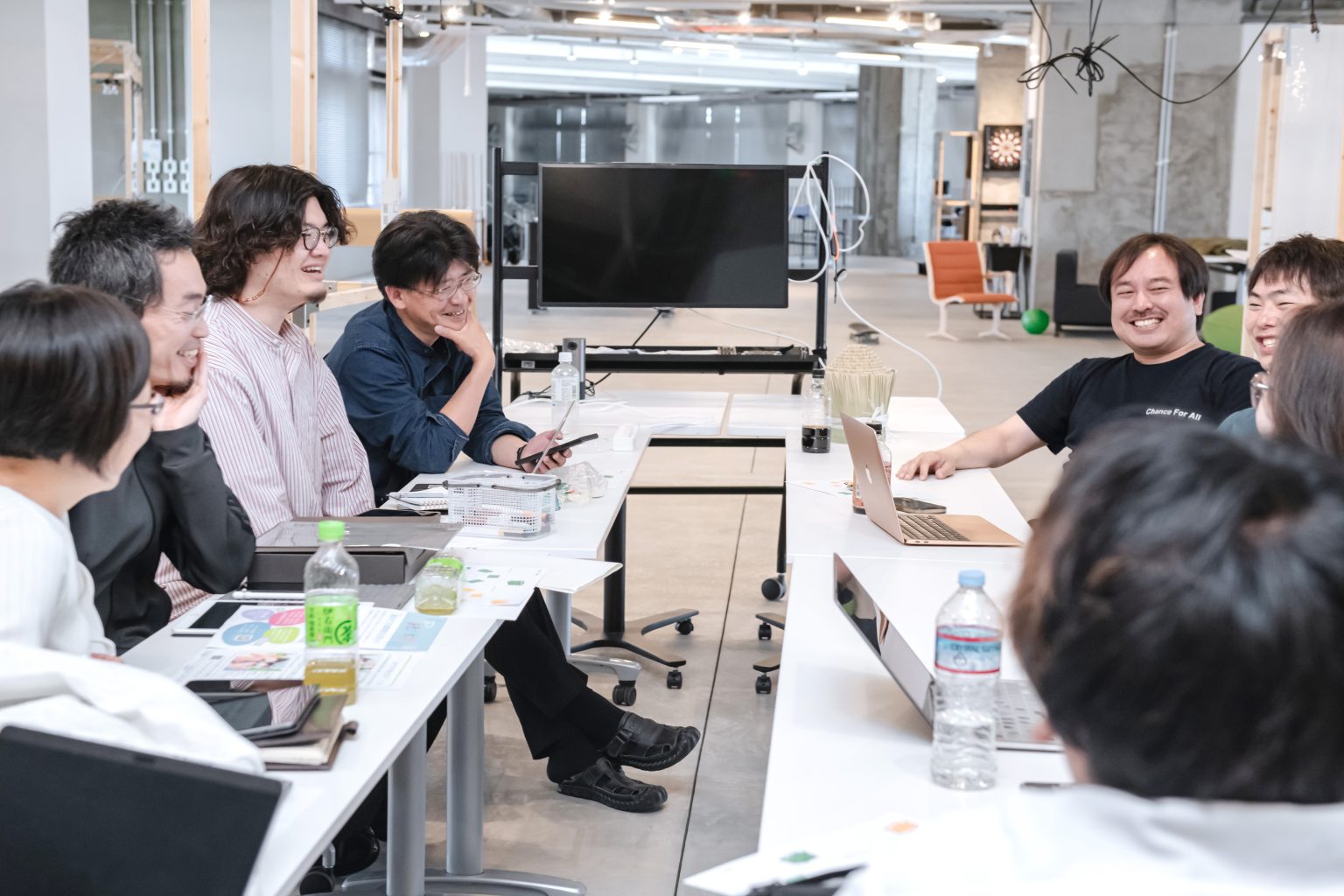
―How did you design the playground equipment?
First, we engaged in play with children to gain a deeper understanding of the users. It wasn’t just about ‘play’; it was a rigorous investigation to thoroughly determine ‘the essence of play.’ Our role was participant observers*. We needed to fully immerse ourselves in this process.
*Participant observer: A researcher who becomes part of the group under study, actively participating in the activities while observing.
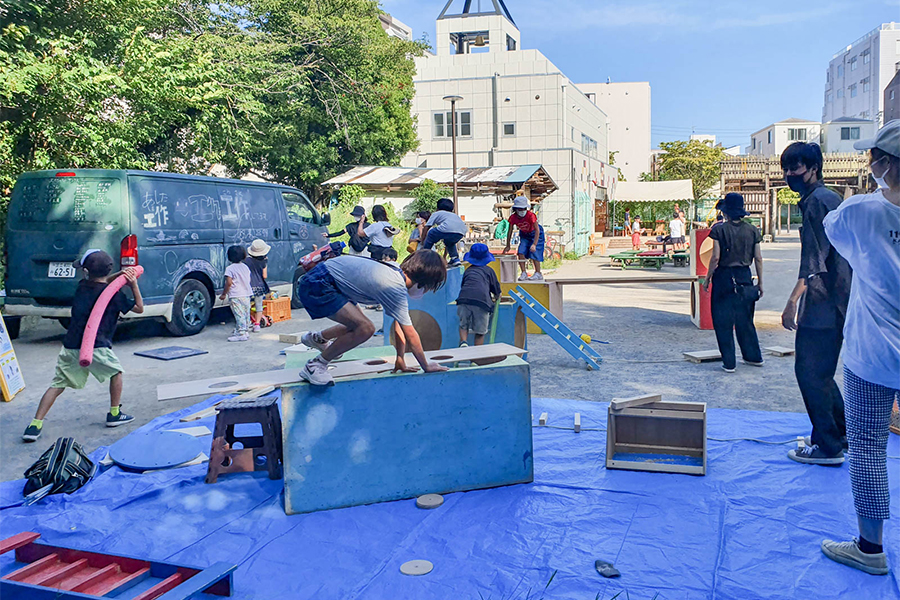
-How is a play park different from a regular park?
A play park is distinct in that it respects a child’s natural desire to explore and aims to minimize restrictions, allowing children to play freely while taking responsibility for their actions. This concept was initially proposed by Professor Sorensen, a Danish landscape architect from the 1940s, and it spread to Europe before Japan’s first playpark was established in 1979.
In a play park, the presence of a “play leader” is essential. This play leader acts as a coordinator, stimulating children’s interests and curiosity. In this research as well, students participated as play leaders, conducting surveys and observations.
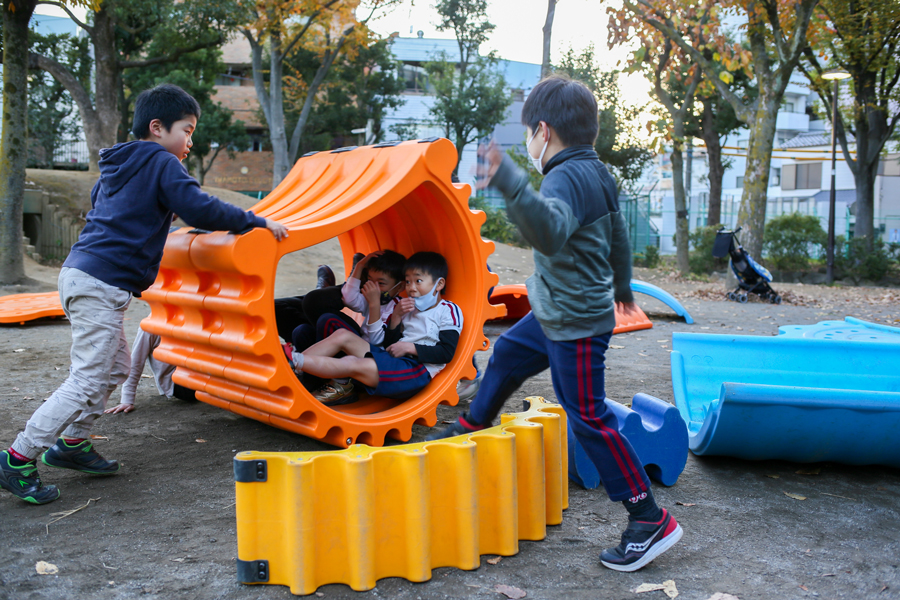
Then, I realized that casualness plays a crucial role in stimulating creativity. Traditional playground equipment is fixed in place for safety reasons, limiting children to predictable movements. This often leads to boredom. In contrast, the play equipment and tools found in the play park offer numerous possibilities for play, and the joy lies in discovering new ways to have fun.
In addition to dynamic play, we also valued the presence of children who preferred a peaceful and quiet environment. As a result, we decided to design play equipment that could create a cozy ‘enclosed space,’ like a secret base.
The new style of playground equipment, ‘Mopps,’ born through this process, features a unique shape distinct from conventional designs

We addressed the issues associated with fixed playground equipment by creating a design that allows it to be moved and played with. This design promotes a ‘child-centered’ play approach, where children collaborate to transport the parts and have the freedom to choose where they want to play. The parts can be combined in various ways to encourage diverse play experiences. We also incorporated a feature where they snap into place when connected, stimulating children’s five senses.
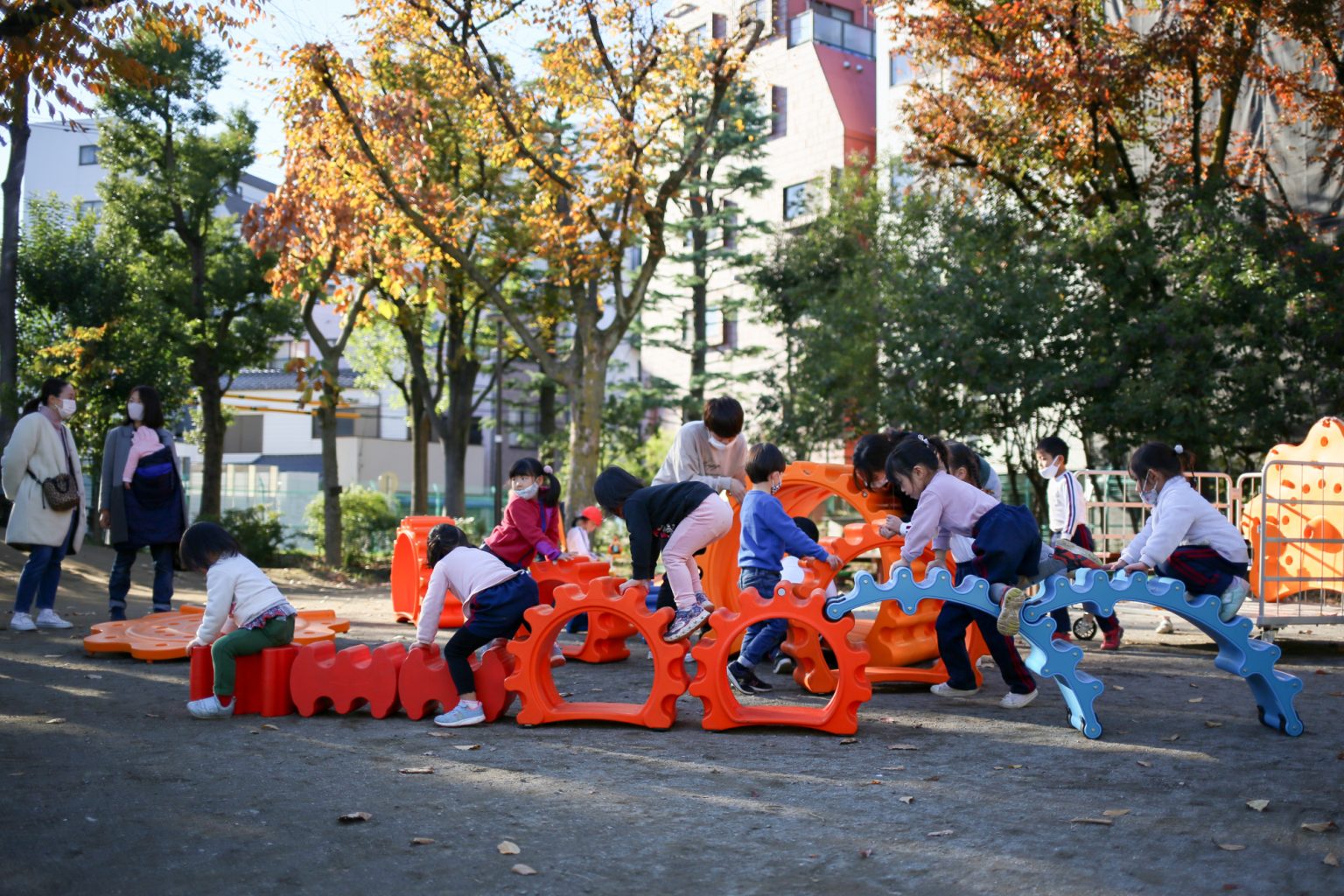
Each part has a nested structure, allowing for compact storage. At the same time, they possess a puzzle-like quality, leaving children with a sense of fun as they head home.
Safety, a top priority for playground equipment, guided our design philosophy. We took great care to eliminate hidden dangers (hazards) while consciously retaining acceptable risks (benefits and risks).’
‘Asobi Daigaku (Play College)’ serves as a community activity hub, contributing to the local area
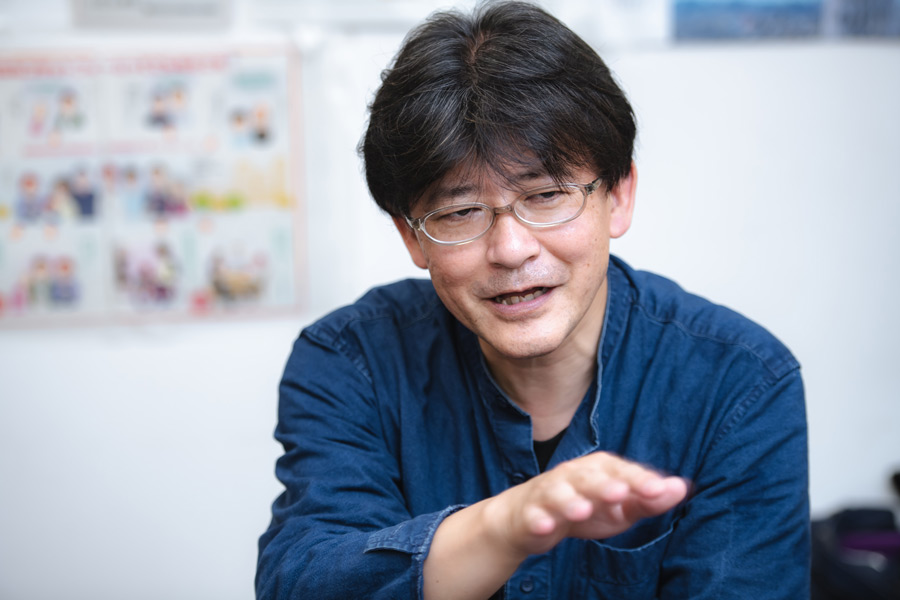
‘Asobi Daigaku’ was established at the Sumida satellite campus, and simply hearing its name brings a sense of fun and excitement
This is a ‘playground exclusively for children,’ where children can use materials obtained from small factories in Sumida Ward to play freely with their creative ideas. It is a form of creative and independent play that discovers new value from recycled materials.
In Sumida, the non-profit organization Chance For All, the incorporated association SSK (formerly Sumida Youth Cooperation Association), and Seki Design Lab have all been actively involved in creating playgrounds and places for children to gather. This time, Chiba University has contributed a part of its satellite campus, creating a hub for play that brings together all of the wonderful activities that have been carried out so far.
By having an academic institution like Chiba University involved, we believe that adults have reemphasized the importance of play. This has created a psychological safety net that allows children to play freely without worrying about their parents’ opinions. In order to continue this positive trend into the future, we are deeply committed to ensuring that Chiba University’s initiatives remain trusted by the local community.
-What are your future plans?
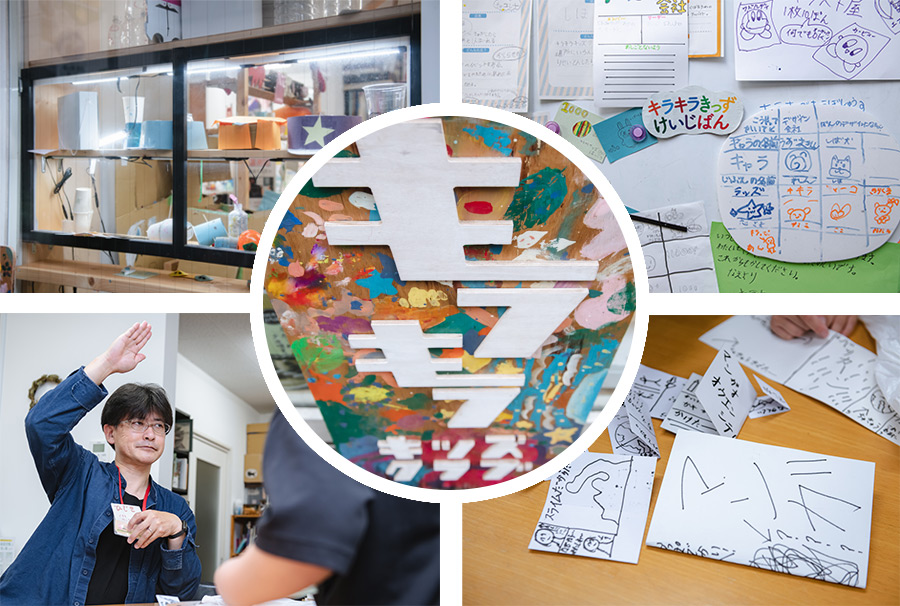
We aspire to extend the knowledge gained at Asobi Daigaku to local elementary schools. In the modern age, children are busy with various lessons and attending cram schools, leading to a fragmentation of social relationships. Nevertheless, there is inherent value in bringing together a diverse group of children in elementary schools. With the advancement of ICT and the ability to deliver classes online, it appears that play and interaction with others are gaining importance in elementary school activities. These activities have the potential to lead to new forms of learning that cannot be found in textbooks or curriculum guidelines. This includes the freedom of creation practiced at Asobi Daigaku and an understanding of local industries through materials received from nearby factories.
―Lastly, please share your thoughts on the concept of ‘design’
I believe that design holds value when it is used by people to enrich their surroundings and bring them joy.
Design is merely a tool for achieving a goal. Design for its own sake is unnecessary, and the role of an artist is to create 1 from 0. I believe that a designer’s role is to shift perspectives on existing concepts and create something that brings enjoyment to a wide audience.
As an academic discipline, design has a history of only about 100 years, starting at the Bauhaus Art School in Germany. The interpretation of design in the future is sure to evolve. What is not considered design today may well become incorporated into the realm of design in the future. To students interested in design, why not explore the frontiers of design together?
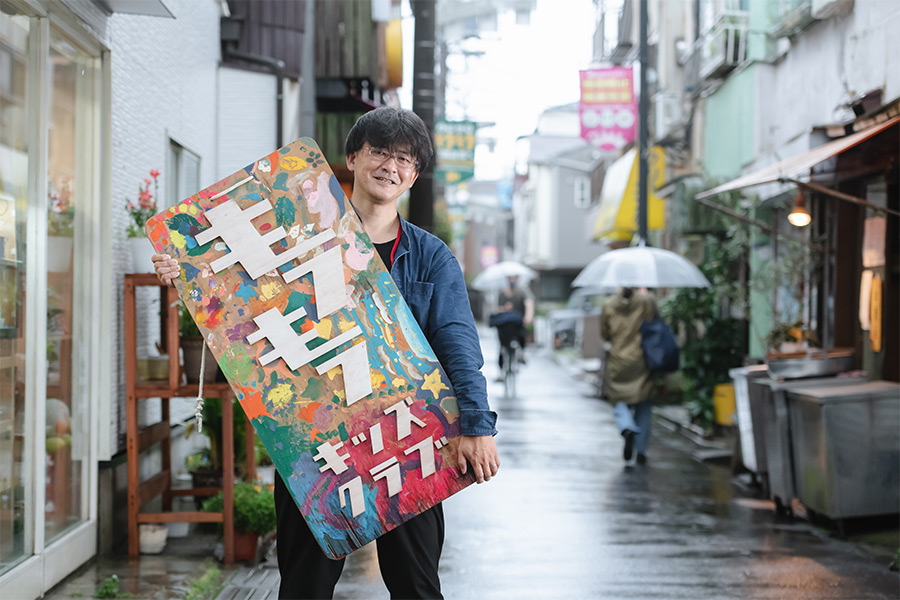
Series
The Power of Design
Meet our dynamic faculty members at the Design Research Institute (dri), a hub for designing future lifestyles located at Chiba University’s Sumida Satellite Campus
-

#1
2023.12.21
‘Synergistic Campus Evolution with the Community’ Chiba University Design Research Institute (Part 1): The Entire Campus as a ‘Design Experiment Space’
-
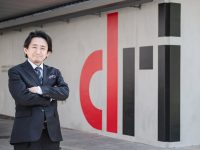
#2
2023.12.25
‘Synergistic Campus Evolution with the Community’ Chiba University Design Research Institute (Part 2): Igniting ‘Cross-fertilization’ for a Revolutionary Vision
-
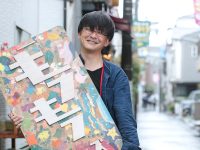
#3
2024.01.17
Creating a Captivating Play Area for Kids: Inspiring Creativity through Innovative Play Equipment Design
-

#4
2024.01.26
Designing a Comfortable Living: A Kampo Clinic that Simulates the Five Senses
-
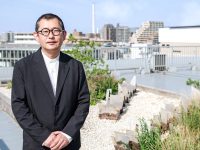
#5
2024.02.09
Creating Cities of Coexistence: Transitional Landscapes with the Tapestry of Diverse Lives
-
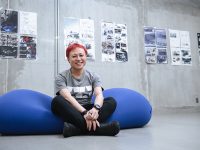
#6
2024.02.26
Designing Mobility: A Gentle Force in Linking People and Society
-
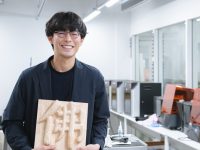
#7
2024.03.29
Touchable Buddha Project: Bridging Heritage and 3D Technology for Community Revitalization through Design
Recommend
-

Realizing the World’s Best Environmental Prediction Science Laboratory
2022.07.26
-

Bringing Japan’s renowned experiment-based science education to Southeast Asia: Developing sustainable physics teaching materials for the pursuit of a disparity-free society
2023.11.24
-
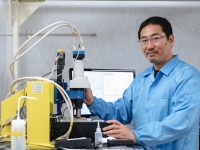
The Quest for High-Energy Neutrinos: Chasing a Complete Theory of the Universe
2024.12.19


